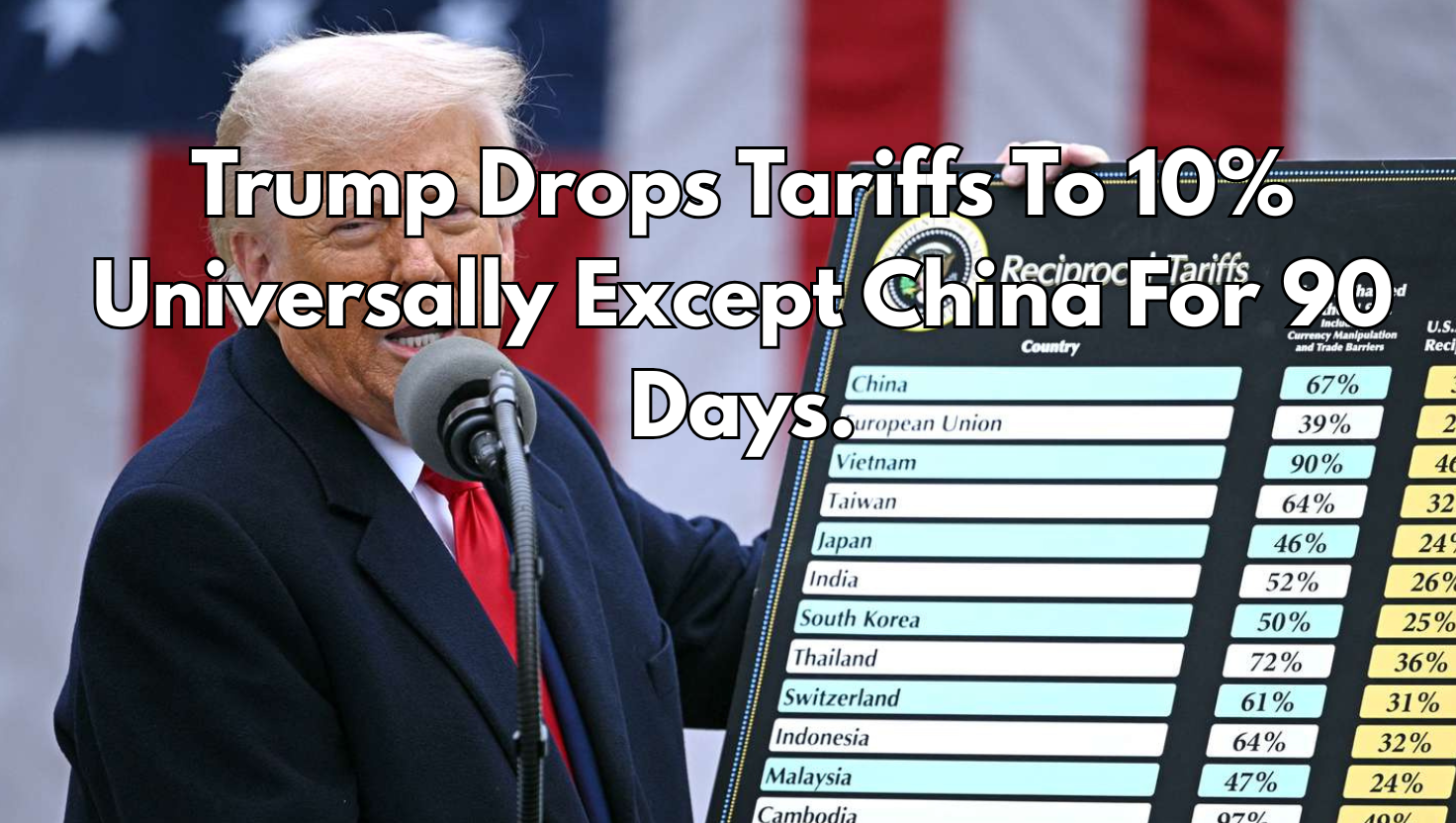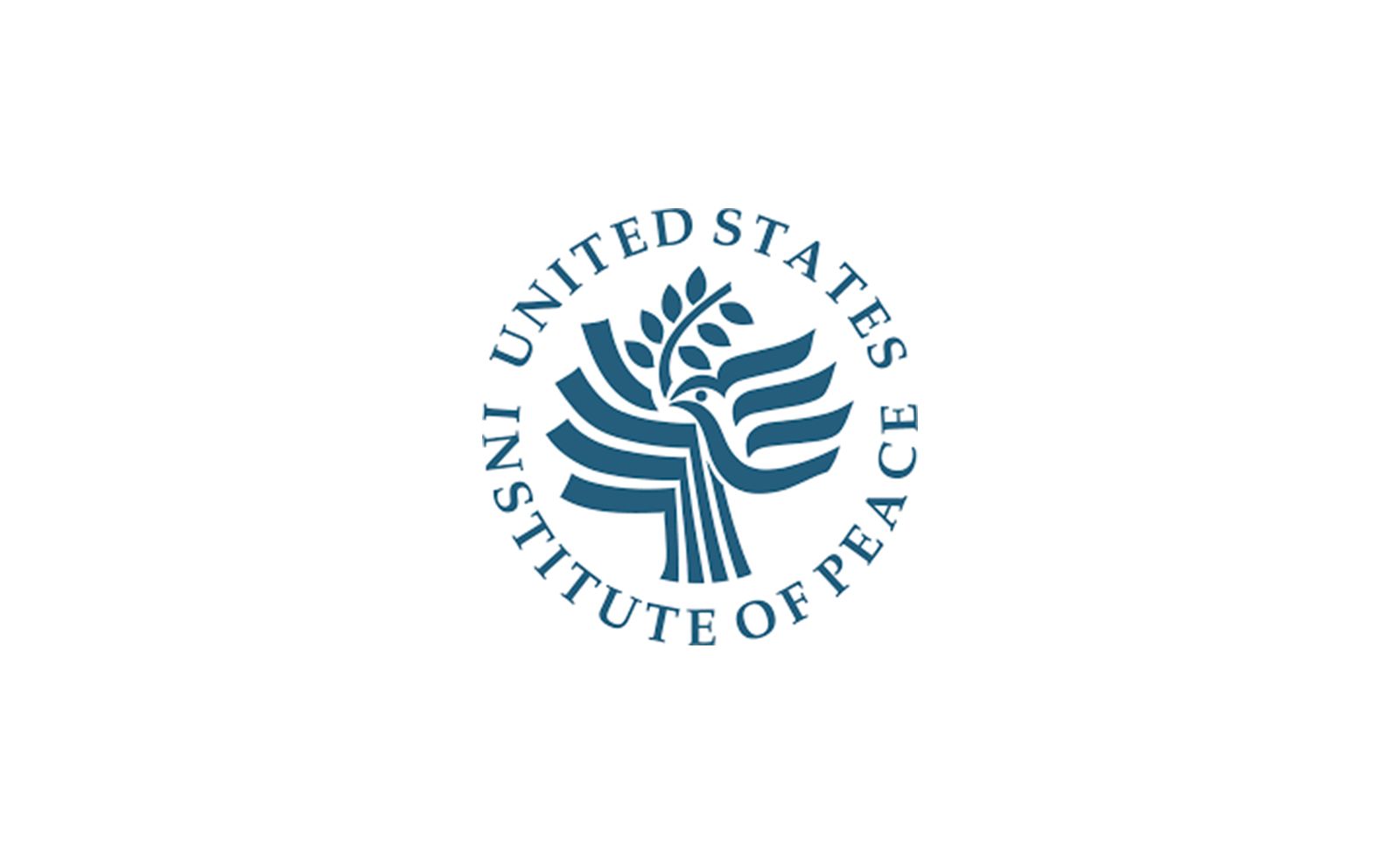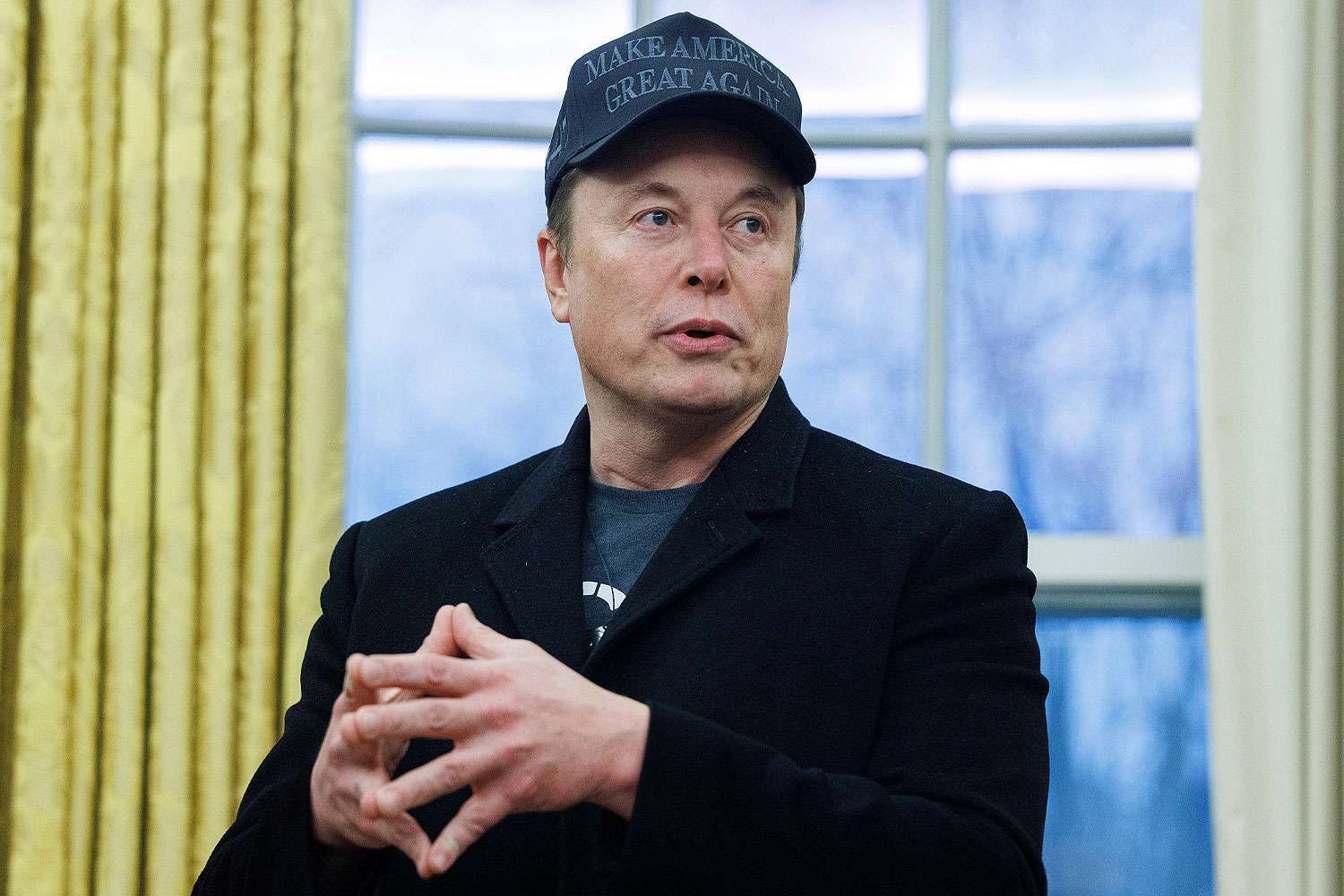Contact Us
objective-wire.org
Does big soda take snap/food stamps ? 2 Billion axed by Trump HHS
Supplemental Nutrition Assistance Program (SNAP) Relationship with Soda
The Supplemental Nutrition Assistance Program (SNAP), also known as the Food Stamp Program, stands as a pivotal federal initiative in the United States designed to combat hunger and enhance nutrition for low-income individuals and families. However, with that being said, have they lost the plot?
Participants receive benefits via an Electronic Benefit Transfer (EBT) card, functioning similarly to a debit card, which allows them to buy eligible food items at authorized retailers.
Spending Patterns: Soda Purchases Under SNAP - Prevalence and Scale of Soda Spending
A notable aspect of SNAP spending behavior is the significant allocation of benefits toward soda purchases, with approximately $2 billion spent annually on sugary drinks. This figure highlights broader trends in consumer behavior among SNAP recipients and raises questions about the program’s impact on nutrition. Sugary beverages, such as soda, represent a substantial portion of SNAP expenditures, reflecting both economic realities and personal preferences within low-income communities.
-> 2 billon Dollars of tax payer money spent on soda of Soda Consumption
Several factors contribute to this spending pattern. Economic limitations often push families toward affordable, calorie-dense options like soda, which provide immediate energy and a sense of fullness at a low cost.
Aggressive marketing by soda companies, frequently targeting demographics that overlap with SNAP users, further amplifies this trend. The widespread availability of sugary drinks in convenience stores and supermarkets, locations often more accessible to low-income households than fresh produce markets, also plays a key role. Additionally, an emotional dimension exists: amidst financial strain, soda can serve as an affordable indulgence or source of comfort, offering temporary relief from stress.
Perspectives on Spending Choices:
Dental health also suffers, as soda’s sugar content promotes cavities and tooth decay, leading to costly treatments that further strain limited finances. These health challenges not only diminish quality of life but also increase public healthcare expenditures, highlighting the need for strategies to curb soda consumption and improve dietary habits among SNAP participants.
Economic Implications of Soda Purchases in SNAP
Budget Allocation and Nutritional Efficiency
The $2 billion annual expenditure on soda within SNAP has significant economic ramifications. This allocation diverts a notable portion of the program’s budget—intended to enhance food security and health—toward items with minimal nutritional value. Such spending raises questions about SNAP’s effectiveness in fulfilling its core objectives, prompting scrutiny of how funds could be better directed to support healthier diets.
Health Consequences of Soda Consumption Among SNAP Recipients: Chronic Disease Risks
Beyond the immediate budgetary impact, soda purchases contribute to broader economic challenges. High consumption of sugary drinks is strongly linked to health issues like obesity, type 2 diabetes, and heart disease, conditions that disproportionately affect low-income populations reliant on SNAP. These diet-related illnesses drive up healthcare costs, placing additional strain on public resources. As treatment expenses escalate, the economic burden intensifies, creating a feedback loop that undermines both individual well-being and systemic efficiency.
The purchase of soda with SNAP benefits also supports industries that do not align with the program’s health-focused mission. High soda consumption among SNAP beneficiaries carries profound health implications. Regular intake of sugary drinks is a well-documented risk factor for obesity, type 2 diabetes, cardiovascular disease, and dental decay.
For low-income individuals who may already face barriers to healthcare and balanced nutrition, these risks are particularly acute, amplifying existing disparities in health outcomes.
Dental and Economic Burdens
Policy Debate: Restricting Soda Purchases in SNAP
Arguments for Restrictions
The use of SNAP benefits to buy soda has ignited a contentious policy debate. Advocates for restrictions argue that a taxpayer-funded program should prioritize nutrition and public health over unrestricted choice. With diet-related diseases straining healthcare systems, they contend that permitting soda purchases contradicts SNAP’s purpose, proposing that limiting such items could redirect spending toward healthier options and reduce long-term health costs.
Balancing Health and Freedom:
The debate hinges on whether SNAP should prioritize public health or individual liberty. While restrictions could improve nutritional outcomes, they risk alienating beneficiaries and complicating program management. This tension underscores the need for nuanced solutions that address health concerns without compromising dignity or feasibility.
SNAP remains a cornerstone of America’s efforts to combat food insecurity, yet its allowance of soda purchases reveals complex challenges at the intersection of nutrition, economics, and personal freedom. The $2 billion spent annually on sugary drinks highlights tensions between the program’s goals and its real-world outcomes, from health disparities to economic inefficiencies.
🚨Riley Gaines just CONFIRMED Big Soda companies tried to bribe her to oppose MAHA’s SNAP reforms.
— American Values 🗽 (@AVPac_US) March 22, 2025
Why?
Because they make billions of dollars from keeping Americans sick.
Others took the money and sold out the American people.
🧵
This is a PSYOP to try and drive a wedge… pic.twitter.com/2kmfMGe3B9




share this
STAY UP TO DATE
GET Objective LATEST
Receive Objective Media Updates, and get a heads up on the reality we love.
Contact Us

